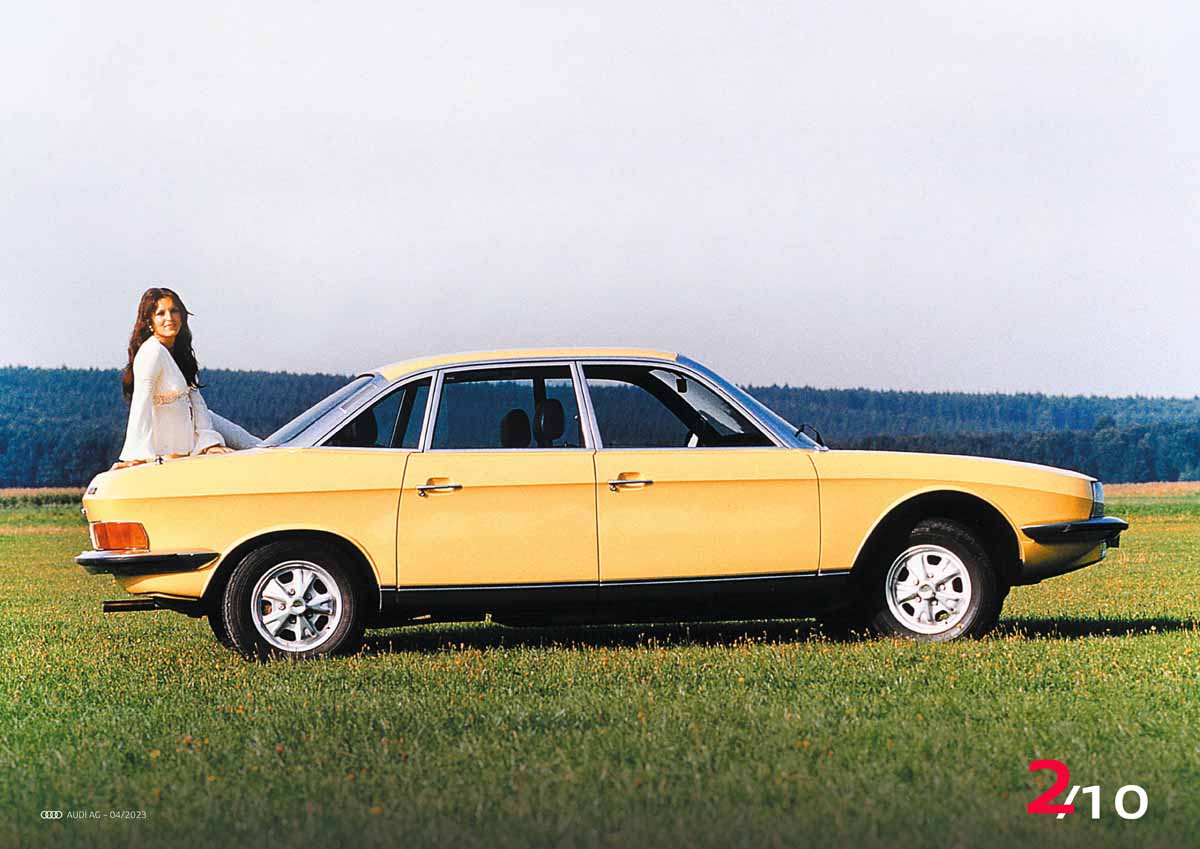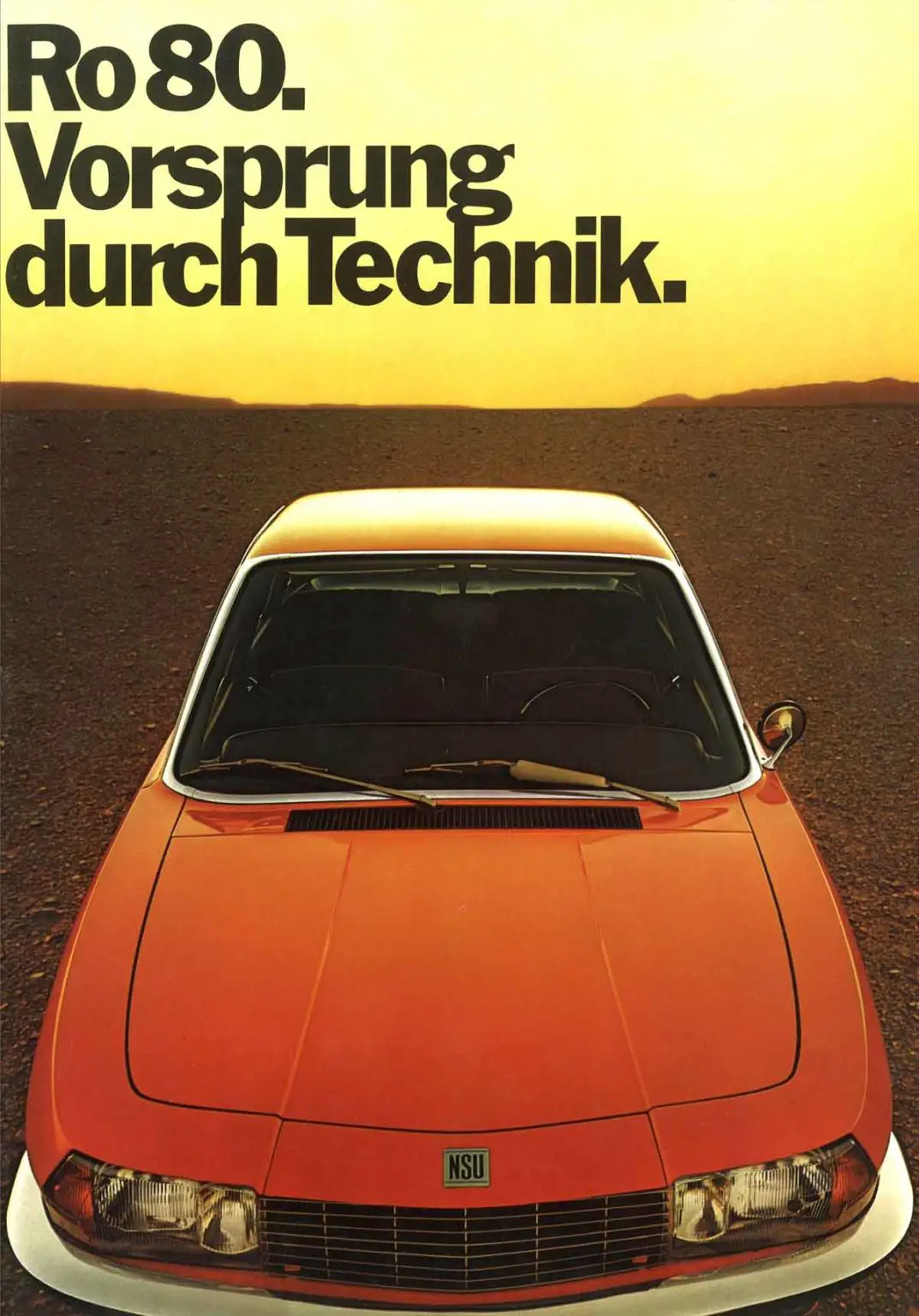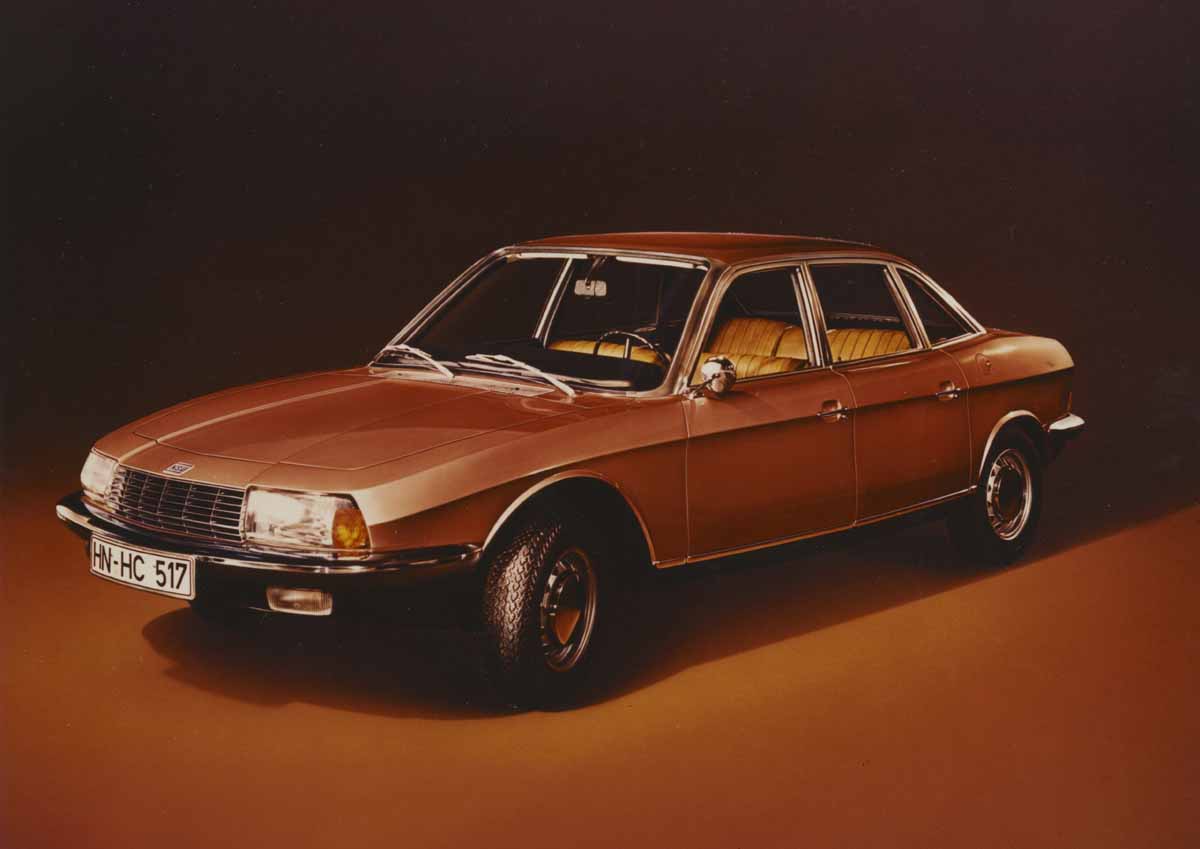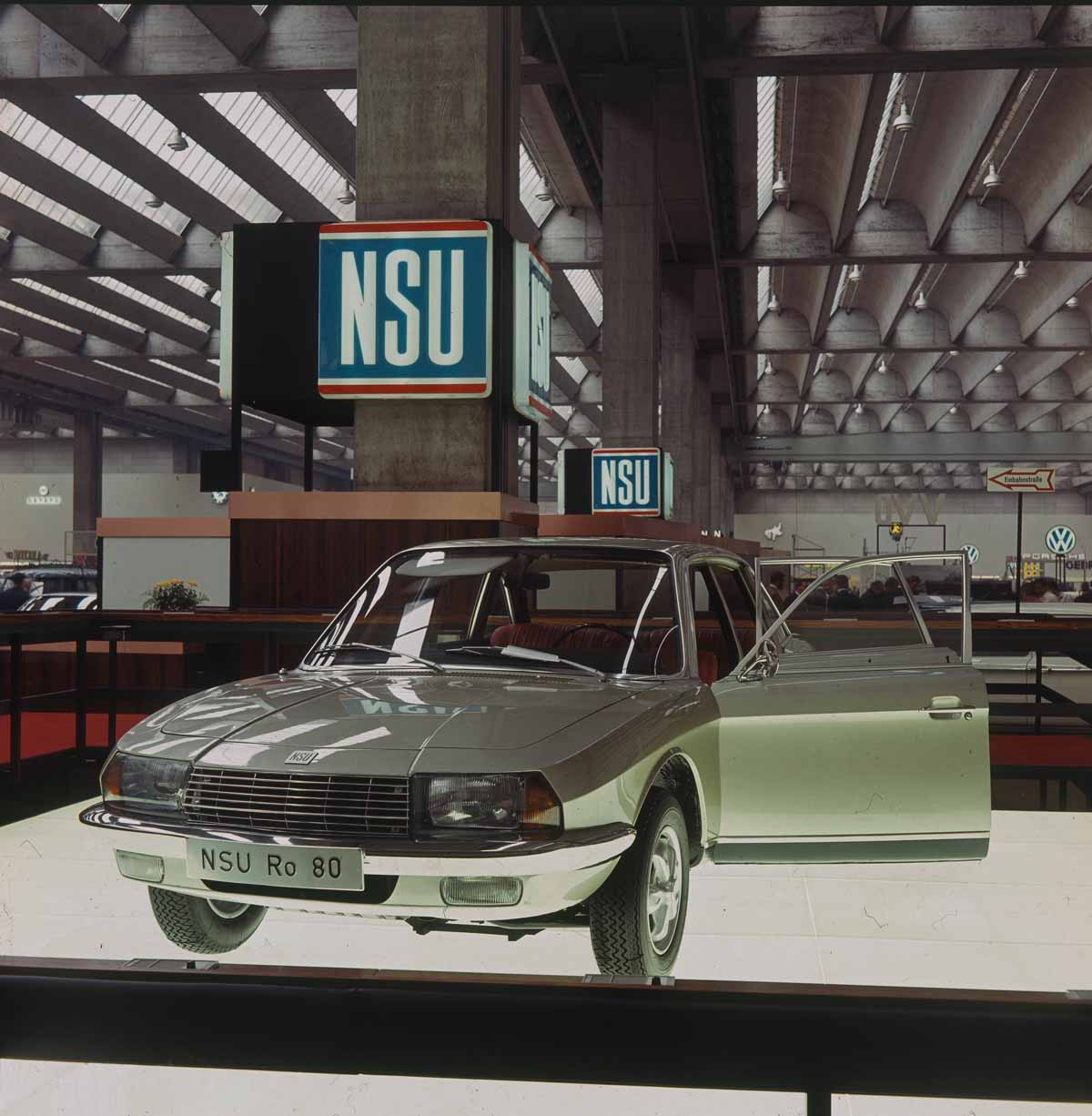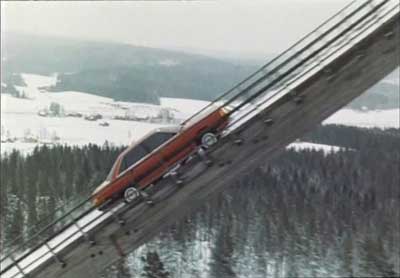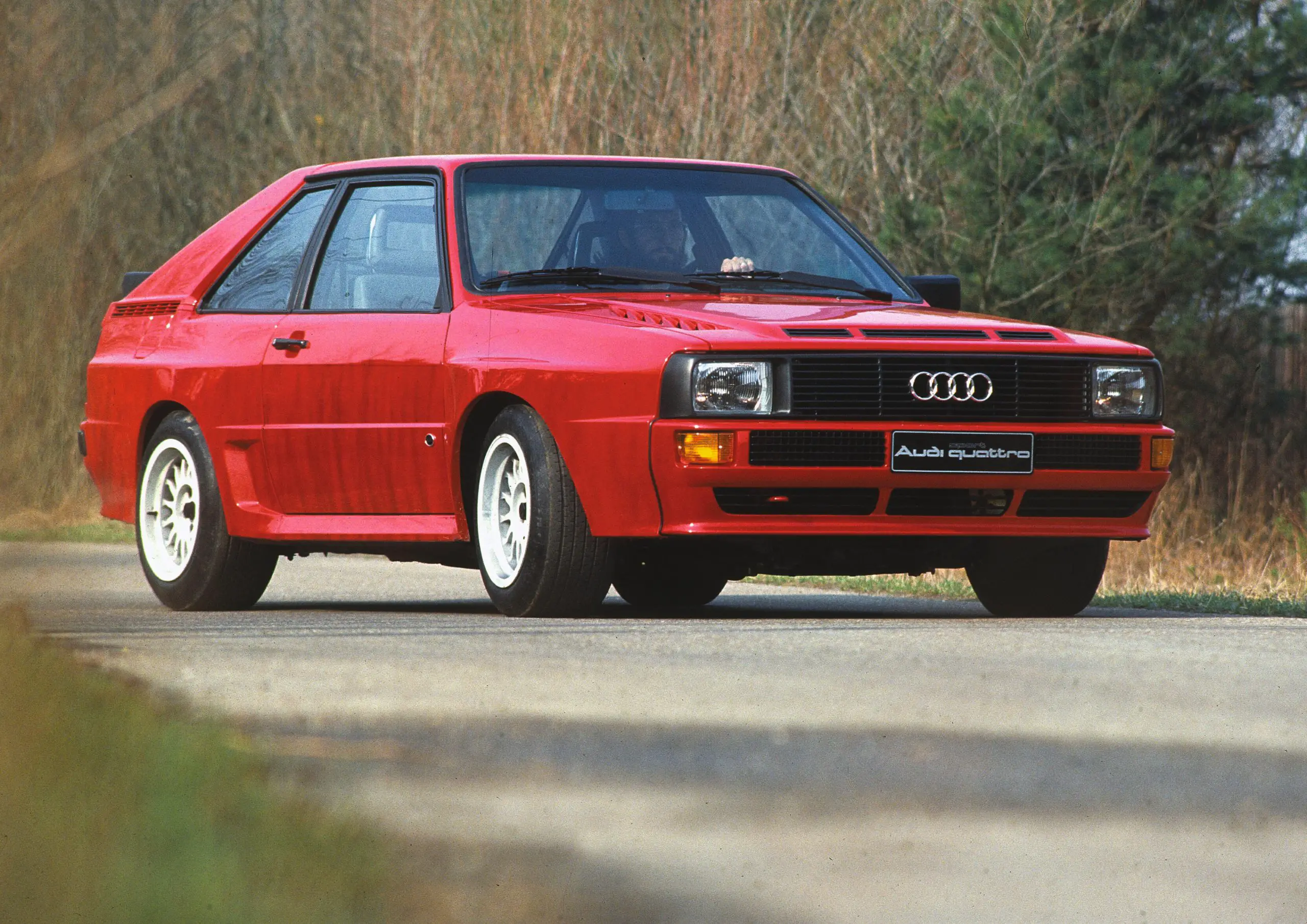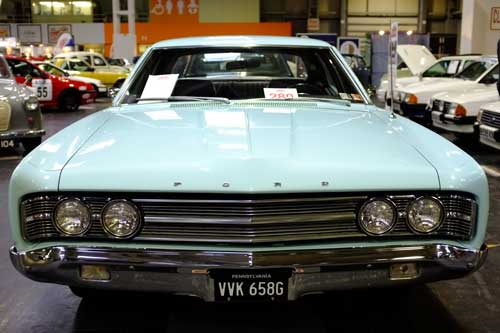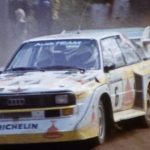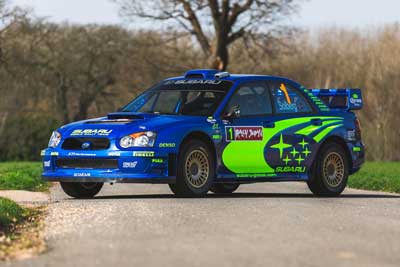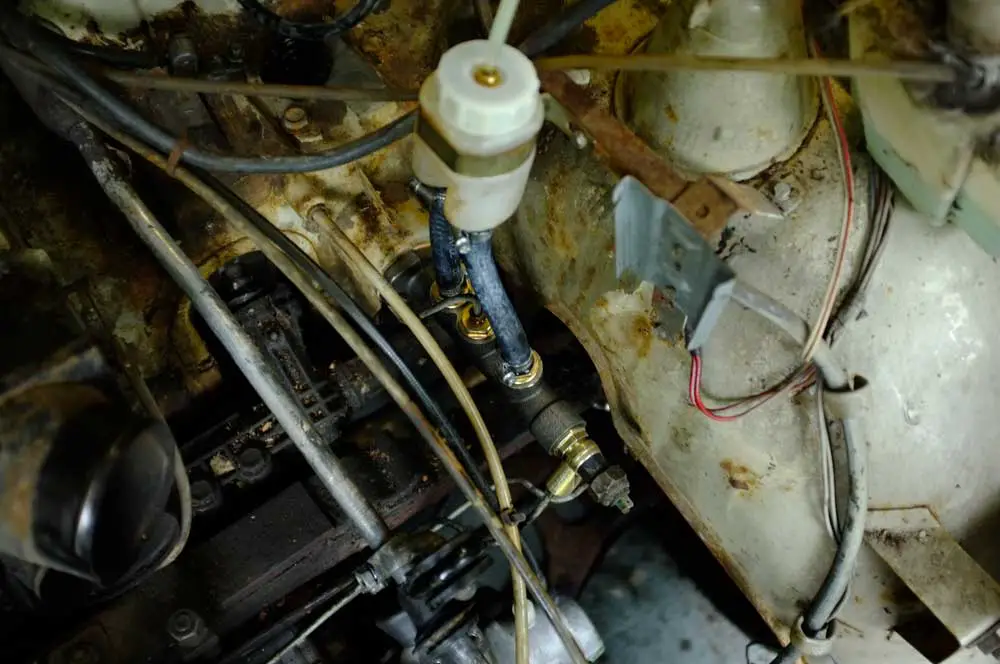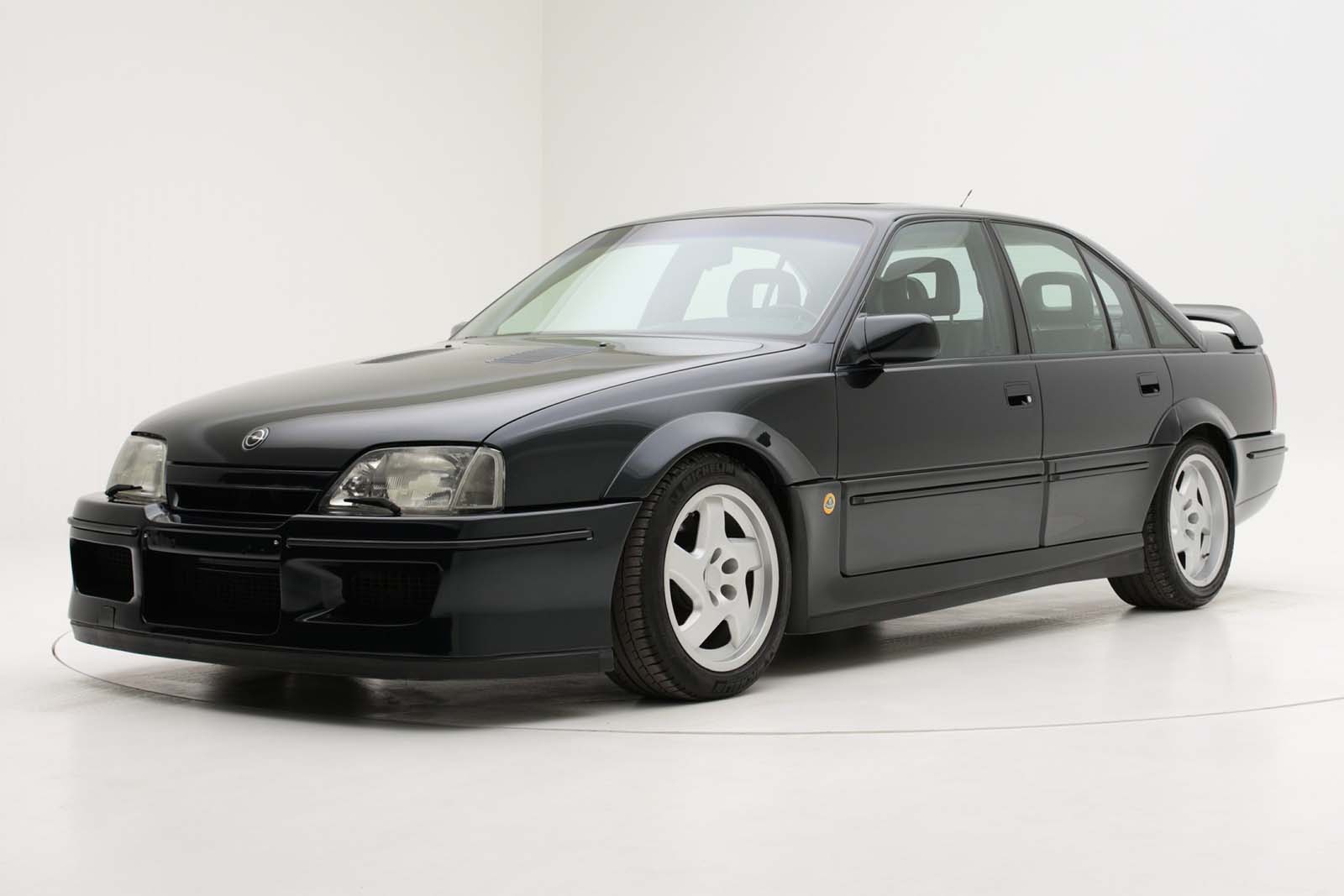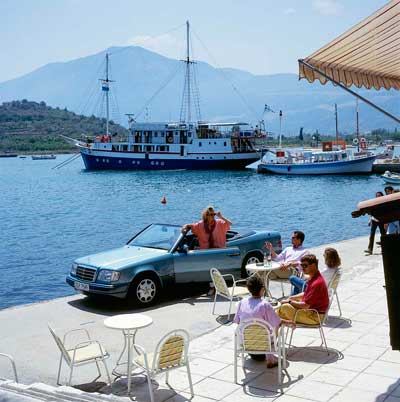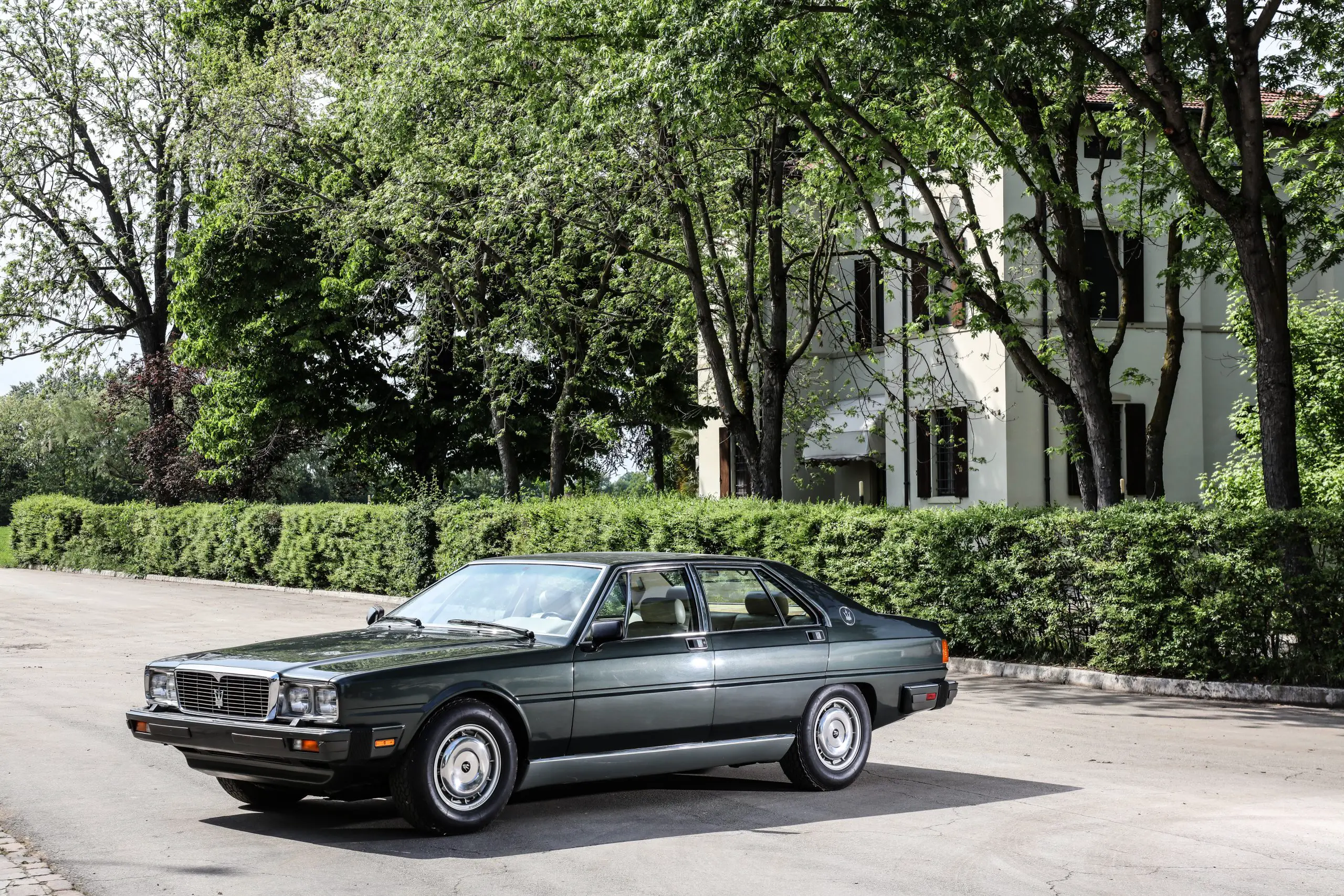
NSU Ro80 – The Aerodynamic, Futuristic Failure & The First German Car Of The Year
The NSU Ro 80 is unfortunately known as an automotive failure, even if it was advance and very aerodynamic.
This was one special car, the advanced design and the rotary, Wankel engine. Even the name was taken from the novel powerplant, Ro standing for rotary, 80 was the type designation.
First unveiled to the public at the IAA International Motor Show in September 1967, the NSU Ro 80 really shocked the automotive world.
NSU connoisseur Klaus Arth described it this way: “Many visitors don’t know what to admire first. The futuristic shape, the extravagant drive, or both”.
The car really inspired the public, but this didn’t result in large amounts of sales. Perhaps it was a little bit too advanced, and the last Ro 80 rolled off the production line in April 1977.
What NSU did was to provide 80 pages of information backing up their claims, with lots of technical data and drawings, which included a detailed description of the operating principles of the NSU / Wankel rotary piston engine. NSU had anticipated a lot of information was going to be needed to explain the new vehicle concept, even to experts.
But inside this information, the car manufacturer from Neckarsulm did make many claims. They acknowledged the benefits of lighter weight, smaller space requirements, low vibration and much fewer components compared to a conventional piston engine.
It was five years of development before the unveiling in Frankfurt in September 1967, where the RO 80 was shown to the public for the first time.
The world’s first production car with a twin disc Wankel engine, which astonished the audience.
NSU’s new car was very much the sports saloon, which set new standards in road holding, comfort and performance. The Ro 80 very much followed the form follows function approach, where NSU had spent a long time developing the car in a wind tunnel.
The wedge shaped body line with a flat nose and its low rising waistline to a raised rear was ahead of the competition and set new standards which the others would follow. The result, a drag coefficient of 0.35.
The new futuristic appearance allowed NSU to claim; “There are ‘Yesterday’ cars, and there are ‘Today’ cars, and then there are NSU cars.”
In 1971 the claim was universally formulated to “Vorsprung durch Technik, Progress through Technology, something which became the brand essence of Audi, as the Ingolstadt-based Auto Union GmbH and NSU Motorenwerke AG had been working together since the merger of the companies since 1969. Audi really did pick up where NSU left off.
It was as brave deciscion to launch a car like the Ro 80. In many ways it was revolutionary. The new engine , the clutchelss gearbox operation, with and electrially controlled clutch engaging when you touched the gear lever.
It was so good that one year after the launch international trade journalists voted the NSU Ro “Car of the Year” which made the NSU Ro 80 the first car to do so.
Sadly this didn’t turn into commercial success. The wankel roatary engine had a few issues, notably where the tips would wear out if there was too much uncombusted fuel still in the bores. The new type of engine required a new style of driving, and ownership. Those used to their conventional piston powered cars really needed to operate the Ro 80 differently.
This compounded with less than ideal fuel economy and the oil crisis of 1973, drove up riunning costs and people switched to smaller more economical cars.
The end of the rotary piston engine came and took the Ro 80 with it. NSU produced 37,374 of them at the Neckarsulm plant from 1967 to 1977. By the end, the Audi 100 was taking up a lot of the production capacity.
Today the Ro 80 has a fan base and a following. Much of the wear problems of the rotor tips has been solved, thanks Mazda, and the cars are reliable and have all the qualities that won it car of the year. You can even see the B3 Audi 80 of 1986 in the design, nearly 20 years earlier.
September 16th marks the anniversary and the fan day in Neckarsulm, which Audi Tradition is organizing with the Audi Forum Neckarsulm, the Audi Club International, and the Deutsches Zweirad- und NSU-Museum Neckarsulm, should be an event to remember as much as the advanced car from NSU, which set Audi on its path and brought the end of the NSU brand.
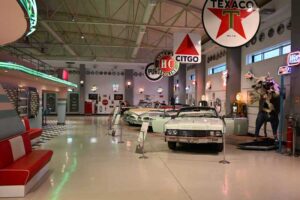
Ural Ataman Classic Car Museum – Istanbul, Turkey
This has to be one of the nicest private collections I have seen, the Ural Ataman Museum in Istanbul, turkey has not only a wide
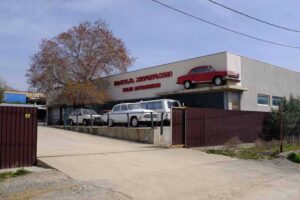
Tbilisi AutoMuseum Car Museum – Georgia
You may not have heard of this, but the small car museum in Tbilisi Georgia really has quite a lot to see. Buried in an
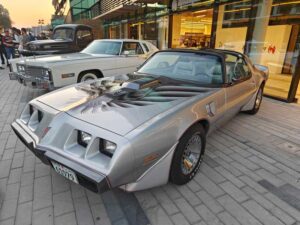
Bahrain Bike Week Classic Car Show December 2024
Bahrain Bike Week is the biggest event of its kind in the Middle East and the 2024 one was no exception. It’s not just the
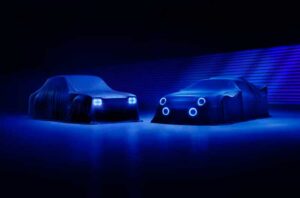
Ford Motor Company Bring Back Group 5 Mk1 Escort & Group B RS200 With The Help Of Boreham Motorworks
Ford have granted a licence to Boreham Motorworks, a division of the DVRN Automotive Group, to produce new versions of not just the Mk1 Escort
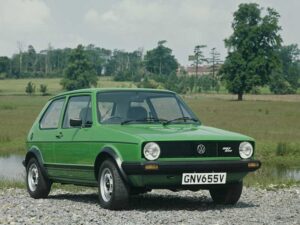
The VW Golf At 50 Years Old
Europe’s number 1 selling car the VW Golf has reached 50 years old this year, starting production on the 29th of March 1974. In
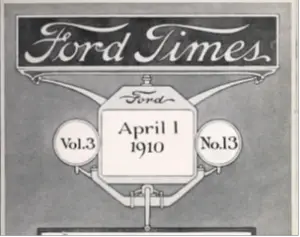
Ford’s Heritage Vault Makes The Ford Times Magazine Available To The Public
Ford’s expansion through the early 20th century was something to behold, the rapid growth of the company and the success of the Model T led
